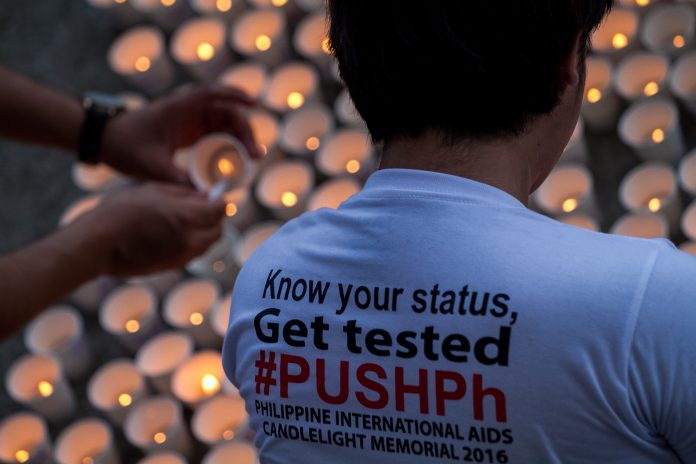The UNAIDS World AIDS Day report this year reveals that inequalities are obstructing the end of AIDS, adding that with the current trends “the world will not meet agreed global HIV targets.”
“However, urgent action to tackle inequalities can get the AIDS response on track,” says the report titfled “Dangerous Inequalities.”
The latest report unpacks the impact on the AIDS response of gender inequalities, inequalities faced by key populations, and inequalities affecting children.
It also sets out how worsening financial constraints are making it more difficult to address those challenges.
“What world leaders need to do is crystal clear,” said Winnie Byanyima, UNAIDS’ executive director, in a statement.
“In one word: Equalize. Equalize enjoyment of rights, equalize access to services, equalize access to the best science and medicine. Equalizing will not just help the marginalized. It will help everyone,” she said
Status of the epidemic in Asia-Pacific
In 2021 there were an estimated six million people living with HIV in the Asia-Pacific region. Last year there were an estimated 260,000 new infections and 140,000 AIDS-related deaths.
In 2021 three-quarters (76%) of people living with HIV in Asia-Pacific were diagnosed. Two-thirds (66%) of all people living with HIV were on treatment and 60% of all people living with HIV were virally suppressed.
The report says that despite scale-up in treatment coverage, the region lags behind the global average (75%).
A key priority for many countries is closing the gap between the number of people who have been diagnosed and those on treatment.
Between 2010 and 2021 new HIV infections in the region declined by 21%. However, this masks huge variations between nations.
While the epidemic is declining in several Asia Pacific countries, there are rebounds in others (Afghanistan, Bangladesh, Fiji, Malaysia, Papua New Guinea, the Philippines and Timor-Leste).
In 2021, 96% of new infections were among key populations (gay men and other men who have sex with men, sex workers, transgender people, people who use drugs) and their partners. Most of these cases were in gay and other men who have sex with men (46%). Additionally, 26% of new HIV cases in the region last year were among young people ages 15 – 24, mostly key populations.









